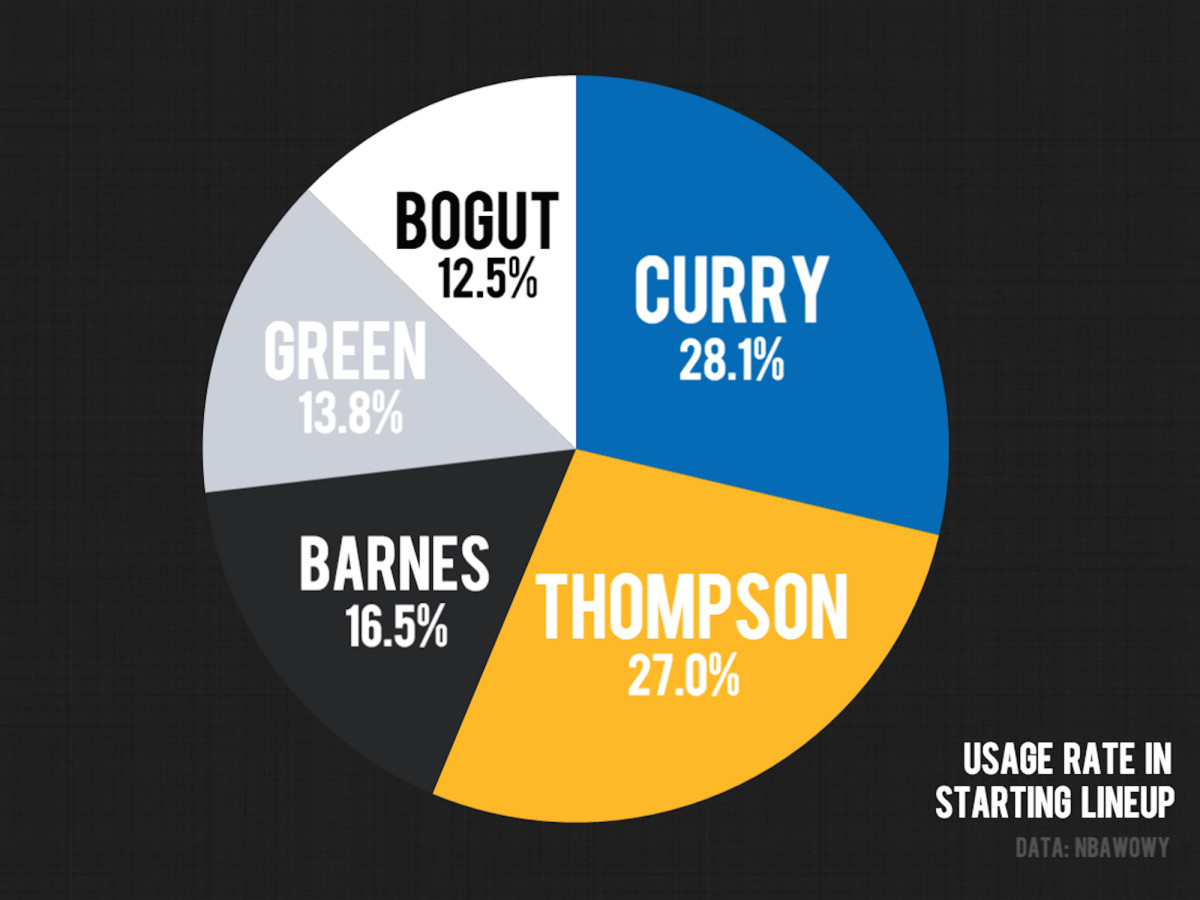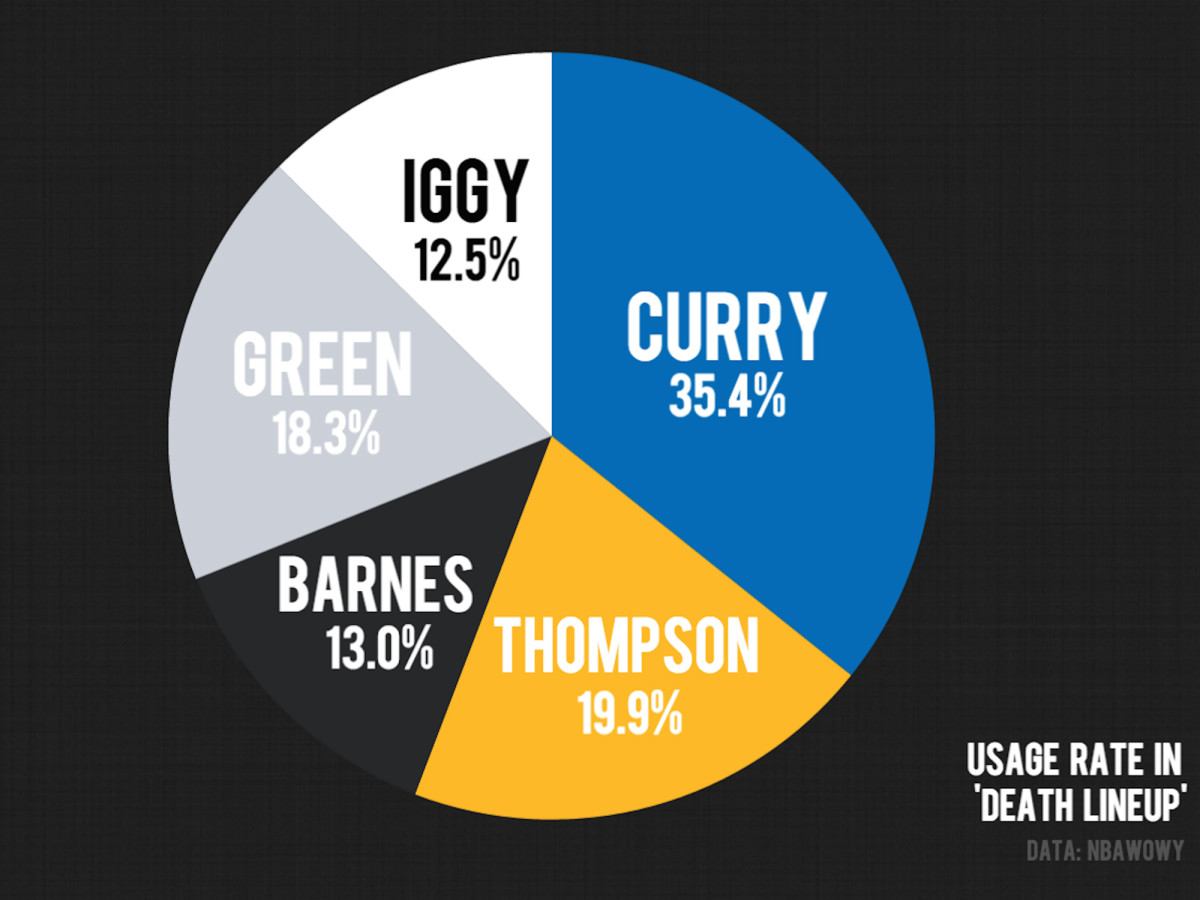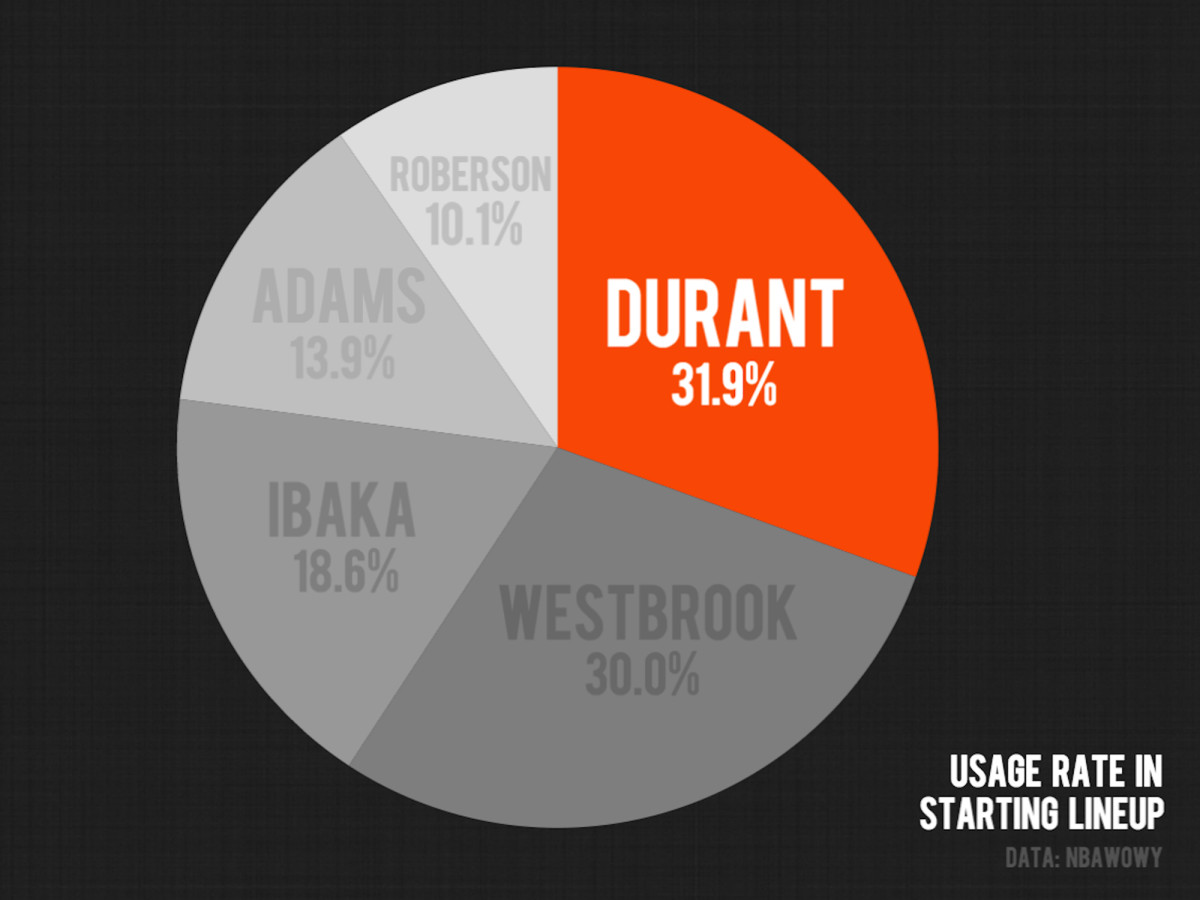Durant and the Warriors will face challenges, but not as many as their opponents

The space between a superteam’s inception and its actual debut cannot be filled with basketball but must be filled with something. So begins the hand-wringing.
Some dip into the practical. Will there be enough minutes to go around? Others smother matters of hierarchy in machismo. Who’s going to be THE MAN?! Uniting these perspectives is an acknowledgement of the unknown. This is when the theorists indulge.
Yet the most recent union—between one of the league’s best players and one of its best-ever teams—comes with notably less dramatic intrigue than the formation of superteams in the past. Golden State’s season is a jump shot, hanging in the air with a fate as yet undetermined, but one launched off of Stephen Curry’s fingertips and weighted accordingly for success. We have no real reason to expect anything other than prosperity from the Kevin Durant-infused Warriors. What’s left, then, are largely matters of logistics: who plays and who shoots, how much and when.
Klay Thompson is one month in and already bristling at this particular line of questioning. It’s reasonable to wonder how—not if, but how—a team that already walked a delicate balance in its outrageous offense will find room to accommodate the entirety of Durant’s game. Tradeoffs are inevitable. Still, Thompson resented the implication of ‘sacrifice’ as it relates to the Warriors striking an internal balance.
“I feel kind of disrespected that people keep using the term ‘sacrifice’ to describe me and describe us,” Thompson said, per The Vertical. “We all want to see each other do well. But I’m not sacrificing s---, because my game isn’t changing. I’m still going to try to get buckets, hit shots, come off screens. I want to win and have a fun time every game we play.”
On its face, Thompson’s objection could be read as one of semantics. Does it really qualify as a sacrifice when all parties involved are actively playing in service of the team? Thompson is right: his job will not change much at all with Durant as his teammate. What will, inevitably, are the touches and shots that punctuate his work. There is no way around the fact that Golden State will move from a passive offensive participant in Harrison Barnes to a player of considerably more ability and involvement in Durant. The flow of the offense changes accordingly.
Golden State’s starting lineup last season, for example, treated Thompson and Curry as functional equals in terms of usage:

The dynamics of that starting group could warp with Durant’s arrival—particularly if the Warriors make it a point to feature him within the offense early. Lest we forget, this entire season is an audition; Durant invested a lot in Golden State by making his move but is only obligated to the team for one season. With that comes a burden of proof to not only establish this team as a quick title favorite, but to satisfy Durant with the particulars of his role.
What shape that role ultimately takes is a matter left open by Durant’s ridiculous flexibility. No Warrior is more independent within the rotation; Curry and Green were tethered to one another in Golden State’s rotation last season for a reason, and Thompson, too, is best when allowed to work off of multiple playmakers. Durant enters the equation as either a striking, isolated element or a deadly one in compound. By subbing out Durant midway through the first quarter as they do Thompson (and did Barnes), the Warriors could position their new addition for preposterous, prolific balance.
• LeBron James chases the ghost from Chicago and basketball immortality
Threaded within that possibility are more questions, more possibilities. Part of Oklahoma City’s delay in transitioning Durant into a small-ball four were his own preferences regarding when he should play. Last season’s progress on that particular front could be read either as resolution of the issue or proof of his underlying hesitancy to adapt to a different kind of substitution patterns. The move to Golden State might also sufficiently recontextualize the matter as to make it a moot point.
The fact that Durant signed with Golden State to begin with speaks to that idea, especially when considering that the Warriors’ best all-around lineup will slot him in at power forward with Green as a center. Some openness in concept is implied. When running the most common version of that basic construction last season (albeit with Barnes in Durant's stead), the Warriors’ offense became even more centralized around Curry:

That will not stand. The point of signing Durant is to alleviate the tension forcing Curry to create without denying him opportunity. This is another manufacturing core able to spring into production whenever necessary. Durant can play either side of the pick-and-roll and it remains to be seen whether he terrifies more when screening for Curry as a supercharged version of Green or when initiating the action as a physically unmatchable ball handler.
Portioning off possessions to the best scorer in the world in this way is, to borrow Thompson’s gripe, hardly some ‘sacrifice.’ To keep matters in perspective, however, this is the kind of usage that Durant is accustomed to:

Stacking up so much creative talent on one roster does lend itself to a more extreme give and take. There were nights last season when Thompson attempted 10 shots and nights when he attempted 25. Even if the peaks and valleys of his usage remain more or less the same with Durant in the mix, the swings between are likely to come more wildly than before. The build of the Warriors is a grant for experimentation. There simply isn’t a need for Golden State to run its A-1 stuff every game. Steve Kerr can oscillate through a variety of plays, rotations, scheduled absences, and strategies in order to keep his best players satisfied—even if it leads to greater variance in terms of touches and shots.
We have every reason to believe that the Warriors will sit tight through those swings. Curry, Green and Thompson tend to bring out the best in others while delighting in the process; there are times where one can hardly tell from Curry’s body language whether he is in the midst of a scoring eruption or whether Thompson is. Each of Golden State’s core four will be involved, engaged and depended upon.
• Open Floor Podcast: Scenes from Rio, Drama with Draymond and more
This is why the comparative basketball calculus of Durant’s surroundings was never as simple as going from a team with one other prolific shooter (Russell Westbrook) to one with several. Investment cannot be defined by a shot total. There is more for Durant to do on a given possession with Golden State because, frankly, the Warriors happen to do more in the process of creation. That the Warriors seem to find as much joy in the assist as in the shot, or even in the decoy action that allows an assist for an open layup. bodes well for a healthy workplace. Even those acts that will never register in terms of usage rate help reinforce to a player that what he’s doing on the floor matters.
And while there is no single outgoing Warrior whose role approximated Durant’s, there are still shot attempts to spare. Barnes, Marreese Speights and Leandro Barbosa are all gone from the Bay. Those three accounted for more than 21 field goal attempts per game between them—a few more than Durant averaged for the Thunder last season. Considering that David West (who fired up fewer than six shots a game for the Spurs last season) is Golden State’s only other shot-taking addition of note, the underlying math seems to be reasonably cooperative.
Some will make do with fewer shots on this night or that, though there’s enough on the table for all four of Durant, Curry, Green and Thompson to eat. What has to give is any strict attachment to the way things were; adding Durant changes the engineering of Golden State’s offense, allowing even more of a team that won the most regular season games ever. Best of luck of those keeping pace as the Warriors grow with Durant, and Durant with them.
